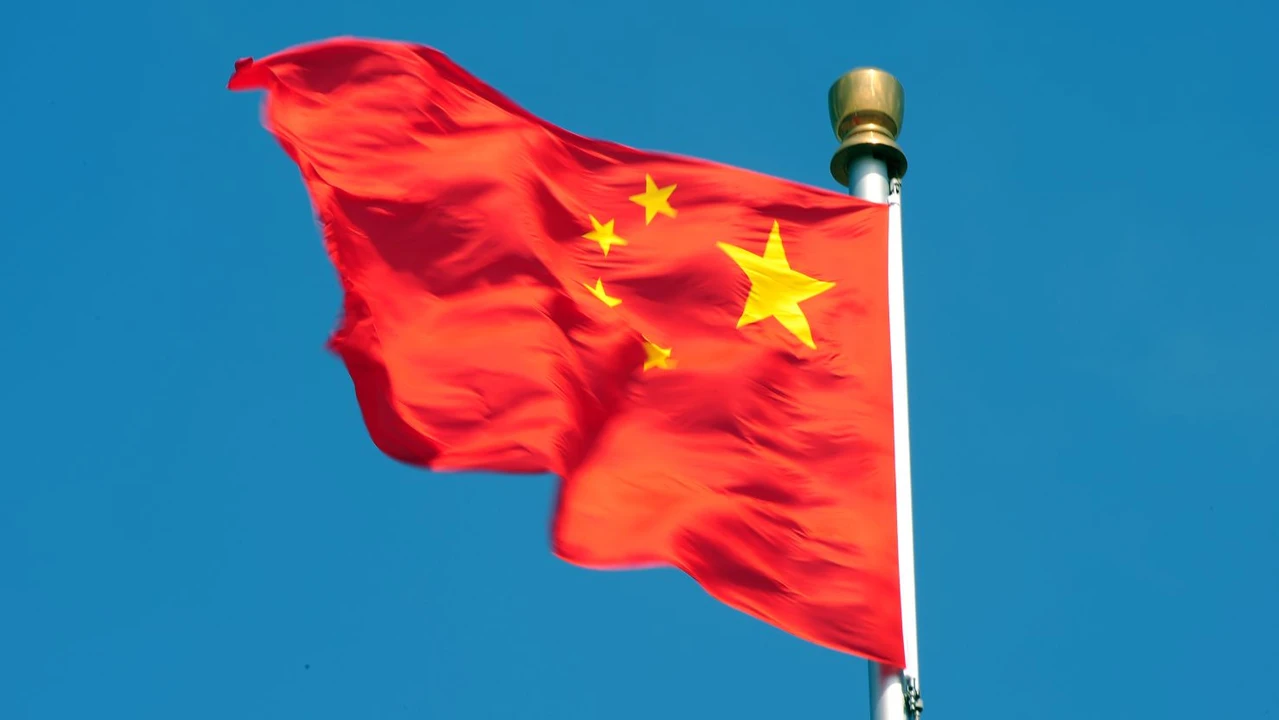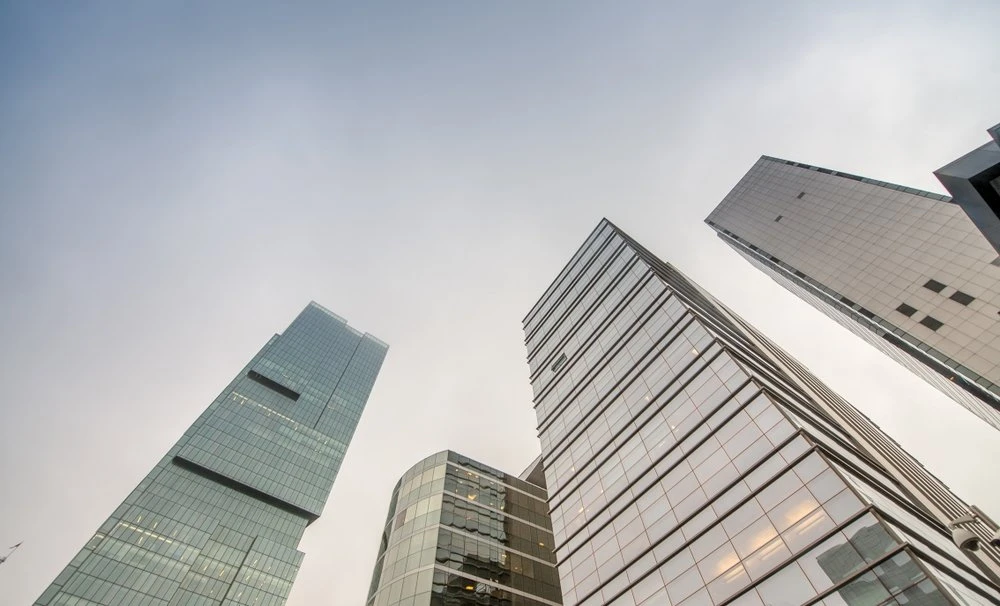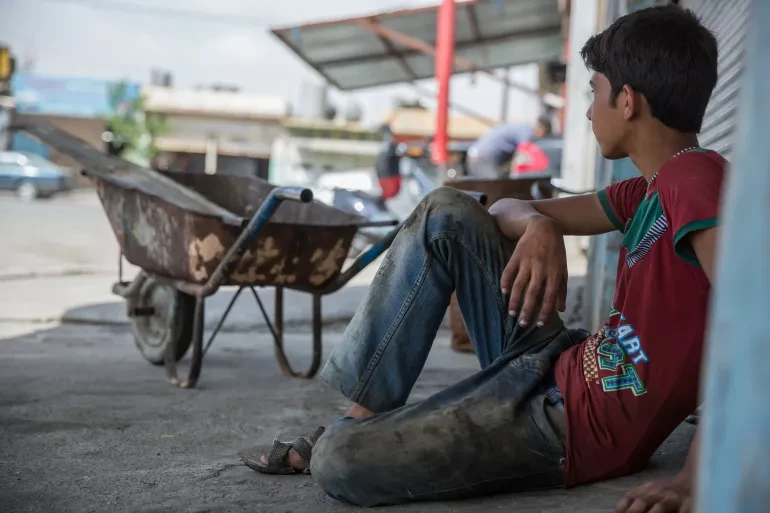China posts slowest growth in 18 months, raising pressure for further stimulus
 Chinese flag waving. (AFP Photo)
Chinese flag waving. (AFP Photo)
China’s economy posted its slowest growth in a year and a half on Friday, intensifying pressure on Beijing to bolster its recent stimulus measures with more aggressive actions to reignite the world’s second-largest economy.
The National Bureau of Statistics (NBS) reported that the economy grew 4.6 percent year-on-year in the third quarter of 2024, down slightly from the 4.7 percent recorded in the previous quarter. The decline marks the weakest expansion since early 2023, when China was just beginning to emerge from its stringent zero-COVID policy.
Authorities have introduced a series of initiatives in recent weeks to stimulate sluggish consumption and address the country’s ongoing debt crisis, particularly in the property sector. However, despite these efforts, market optimism has dampened. The Chinese government has yet to provide specifics on the size of the proposed bailout, or details about the recent policy pledges.
The NBS cited a “complicated and severe external environment” and “new problems of domestic economic development” as significant challenges facing the country.
Despite these headwinds, there were some positive signs. Retail sales, a key indicator of consumer activity, rose more than expected in September. This comes after a series of underwhelming economic indicators, including those for inflation, investment, and trade.
In response to the sluggish growth, China’s largest banks recently cut interest rates on yuan deposits for the second time this year to encourage lending, according to state media.
Beijing remains confident it will achieve its annual growth target of five percent, though many economists argue that more direct fiscal stimulus is necessary to restore business confidence and stimulate economic activity.
In recent weeks, authorities have introduced a variety of measures to inject cash into the economy, including rate cuts and loosened restrictions on home buying. On Friday, the People’s Bank of China (PBoC) launched a new swap facility, with an initial quota exceeding 200 billion yuan ($28.1 billion). This mechanism is designed to increase liquidity in capital markets and support broader economic recovery efforts.
PBoC chief Pan Gongsheng suggested that further measures could be forthcoming, including an additional cut to the amount of reserves that commercial lenders must hold by the end of the year.



